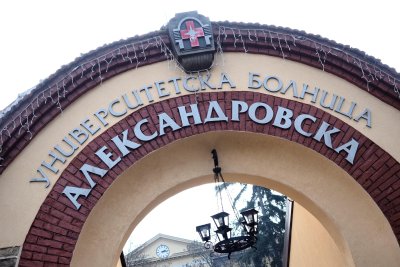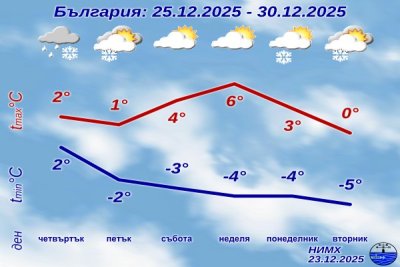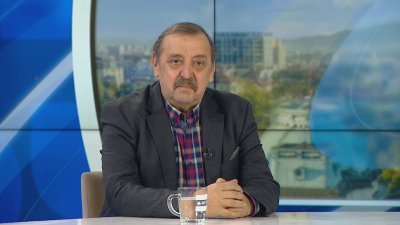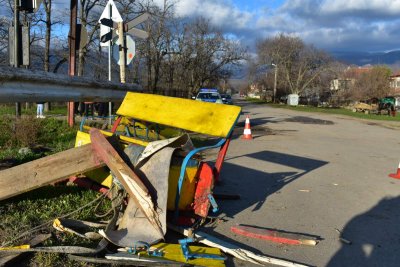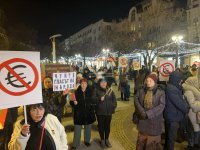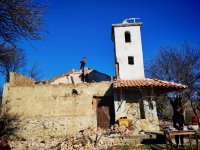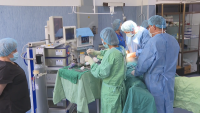The population of Bulgaria as at 7 September 2021 is 6,519,789 people. The National Statistical Institute on October 3 presented the data from the latest census, which took place last year.
There are 3,383,527 women and 3,136,262 men. Between the two censuses, the population has decreased by 844,781 people. Or by 11.5%.
Sofia has a population of 1,274,290 people.
23.5% of the people are aged 65 and over. They have increased by 12.6%.
The decline in the population as a result of negative natural population change was -501,000, or 59.3% of the total decline. Natural population change for all years between the 2011 and 2021 censuses is negative, with the largest decrease in population in 2021 (-90,317 people).
The remaining 40.7% of the decrease is due to migration, or the number of people who left the country between 2011 and 2021 (344 thousand people).
As of September 7, 2021, there are 5,257 settlements in the country, including 257 cities and 5,000 villages. 4, 782, 064 people, or 73.3%, live in cities, and 1,737,725 people, or 26.7% of the country's population, live in villages.
In the period between the two censuses, the population in cities decreased by 556 thousand, or 10.4%, and in villages by 289 thousand (14.2%).
Six cities in the country (Sofia, Plovdiv, Varna, Bourgas, Rouse and Stara Zagora) have a population of more than 100 thousand people, where 34.5% of the country's population lives, or one in three.
The smallest town is Melnik with a population of 161 people and the largest village is Lozen with a population of 6,471 people.
There are 199 settlements without population. The largest number of them is in the districts of Gabrovo, Veliko Tarnovo and Kyustendil - 69, 64 and 11 respectively. The largest number of settlements in the country - 2,561- have a population from 1 to 199 persons.
Sofia (capital) remains the largest district with a population of 1, 274, 290, followed by Plovdiv (634,497), Varna (432, 198) and Bourgas (380, 286). The four largest districts account for 41.7% of the country's population. The smallest district is Vidin with a population of 75,408, or 1.2% of the country's population.
In the ten-year period between the two censuses, all districts recorded a decline in population, with the largest decline in Vidin (minus 25.4%), Smolyan (minus 20.9%) and Dobrich (minus 20.8%). In total, twenty districts showed a decrease above the national average. The smallest population loss was in the districts of Sofia (capital) (minus 1.3%) and Sofia (minus 6.3%).
The differences in population by municipality remain large. In 83 municipalities the census population is below 6,000 and 4.7% of the country's population lives in them. Eight municipalities have a population above 100,000, or 40.2% of the country's population. The largest number of municipalities with a population between 10,000 and 20,000 is 62, and the relative share of the population in these municipalities is 13.7%.
The negative trends in the change of the age structure of the population continue to intensify. There is a continuing process of demographic ageing, which is reflected in an increase in the absolute number and relative share of the population aged 65 and over.
The share of the youngest population increases from 13.2% in 2011 to 14.1% of the total population in 2021, but the absolute number of population in the age group 0 - 14 decreases from 975 thousand in 2011 to 918 thousand in 2021, or by 5.9%. Regionally, the share of the oldest population varies from 19.6% in Sofia (capital) to 31.5% in Vidin. In a total of 21 districts this share is higher than the national average.
The share of the active age group (15-64) is highest in Sofia (capital) district - 65.8% of the district's population. In eight districts this share is higher than the national average.
The ageing process is more pronounced among women than among men. The relative share of women aged 65 and over is 27.3% and of men 19.4%. This difference is due to the higher mortality rate among men and, as a consequence, their lower life expectancy. The number of males predominates in the age group up to 52 years. After this age, the number and relative share of women in the total population of the country increases.
As at 7 September 2021, the population aged 65 and over was 1,532, 667, or 23.5% of the national population. Compared to the previous census, the population in this age group increased by 171,270, or 12.6%. The population in the age group 15-64 years was 4, 069, 400, or 62.4%. Compared to 2011, it decreased by 958,501 people, or 19.1%.
The share of the youngest population increases from 13.2% in 2011 to 14.1% of the total population in 2021, but the absolute number of population in the age group 0 - 14 decreases from 975 thousand in 2011 to 918 thousand in 2021, or by 5.9%. Regionally, the share of the oldest population varies from 19.6% in Sofia (capital) to 31.5% in Vidin. In a total of 21 districts, this share is higher than the national average.
The share of the active age group (15-64) is highest in Sofia (capital) district - 65.8% of the district's population. In eight districts this share is higher than the national average.
As at September 7, 2021, 99.1% of the country's population has Bulgarian citizenship. Of these, 0.5% have dual citizenship - Bulgarian and other.
There are 10,549 European Union citizens permanently residing in the country, or 0.2% of the population. The majority of them are citizens of Germany, Greece, Italy, Poland and Romania.
Third-country nationals number 49, 453, or 0.7%, of whom 35.3% are citizens of the Russian Federation, followed by citizens of Ukraine, the United Kingdom, Turkey and the Syrian Arab Republic. 539 persons are without citizenship.


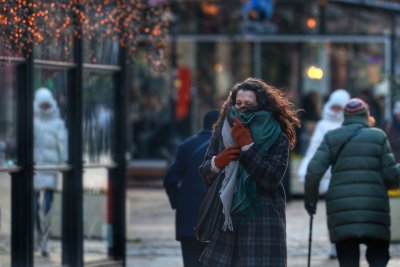
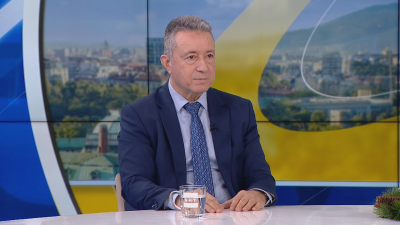






 Чуй новините
Чуй новините Подкаст
Подкаст

